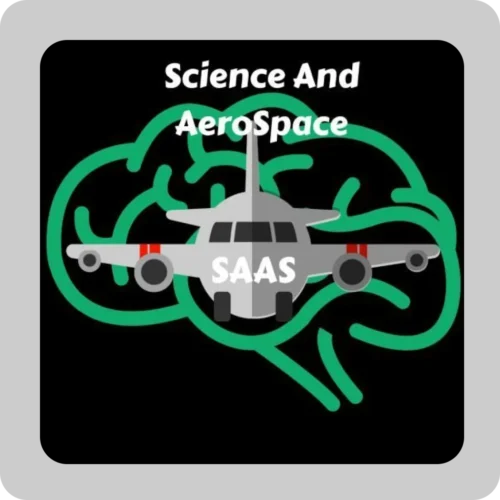NASA’s Commercial LEO Partnerships: Paving the Way for Space Exploration
NASA’s Commercial Low Earth Orbit (LEO) Partnerships are strategic collaborations with private space companies. It’s aim is to expand human activity in space and developing sustainable alternatives to the International Space Station (ISS). As the ISS approaches its retirement, these partnerships are crucial for ensuring continued human presence in low Earth orbit.
How NASA is collaborating with Companies
Axiom Space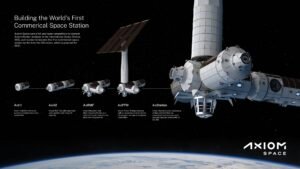
What Does Axiom Space Do?
Axiom Space is building the Axiom Station, the first privately owned commercial space station. Initially, the company plans to attach modules to the ISS, which will later separate to form an independent station once the ISS retires. Axiom offers commercial missions, sends private astronauts to the ISS, and aims to become a hub for space research, manufacturing, and tourism.
Starlab

Voyager Space and Airbus Announce Joint Venture to Build and Operate Starlab.
Starlab is being designed as a next-generation commercial space station focused on research, industrial activities, and space tourism. It will support groundbreaking scientific innovation in low Earth orbit (LEO).
Blue Origin (Orbital Reef)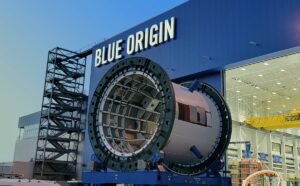
In partnership with Sierra Space, Blue Origin is developing Orbital Reef, a mixed-use space station designed to serve research institutions, private companies, and tourists. Designed as an “in-space business park, the station will provide services for research, manufacturing, and even entertainment projects.
Companies Nasa is Collaborating with: Lockheed Martin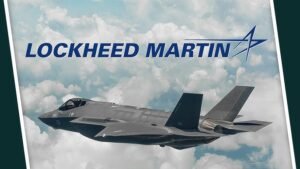
Lockheed Martin is a leader in outer space development, working with government and commercial partners to create advanced space technologies. The company designs builds and tests deep space exploration systems, including NASA’s Orion spacecraft, and develops weather satellites like the GOES-R series. Additionally, Lockheed Martin builds advanced defense systems, from missile defense to hypersonic technologies.
Sierra Space
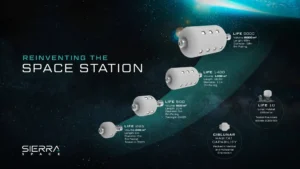
Sierra Space is a key partner in Orbital Reef, contributing the Life Habitat module and the Dream Chaser spaceplane for cargo and crew transport. The company also develops in-space services to support tourism, research, and manufacturing.
Think Orbital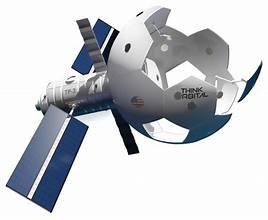
ThinkOrbital is shaping the future of space infrastructure with plans for large-scale orbital platforms. Its innovative designs could transform in-space manufacturing, research, and tourism, making it a major player in the growing space economy.
Corporation with Northrop Grumman
Northrop Grumman is developing a modular commercial space station, leveraging experience from its Cygnus spacecraft (Cygnus is an expendable American automated cargo spacecraft designed for International Space Station resupply missions. Orbital Sciences Corporation initially developed it with financial support from NASA under the Commercial Orbital Transportation Services (COTS) program. To create Cygnus, Orbital paired a pressurized cargo module, primarily based on the Multi-Purpose Logistics Module. The Cygnus spacecraft was initially built for resupplies missions to the ISS. The station will provide a flexible research, manufacturing, and habitation infrastructure.
Boeing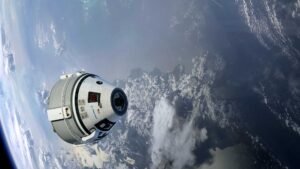
With decades of aerospace expertise, Boeing plays a crucial role in LEO commercialization. The company supports the ISS, develops new space stations, and advances satellite systems, positioning itself as a key partner in future space ventures.
SpaceX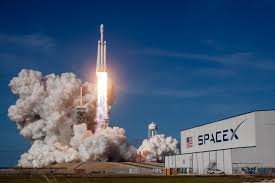
– Commercial Crew Program: SpaceX’s Crew Dragon transports astronauts to the ISS under NASA’s program.
– Along with food and essential equipment for the crew, Dragon is delivering a variety of science experiments.
– Cargo Resupply Missions: The Dragon spacecraft delivers supplies and experiments to the ISS.
– Lunar Exploration: SpaceX’s Starship is being developed as a lunar lander for NASA’s Artemis program.
Vast Space
Vast Space is pioneering artificial gravity space stations, a breakthrough for long-term human habitation. The company’s innovative designs could enable sustainable living in Space, making it a significant player in the new space economy.
Commercial Space Stations: The Future
These companies and NASA ensure a sustainable human presence in LEO for research, industry, and tourism. As the ISS nears retirement, commercial stations will serve governments, businesses, and tourists. The vision is a thriving space economy where manufacturing, science, and entertainment drive growth beyond Earth.
